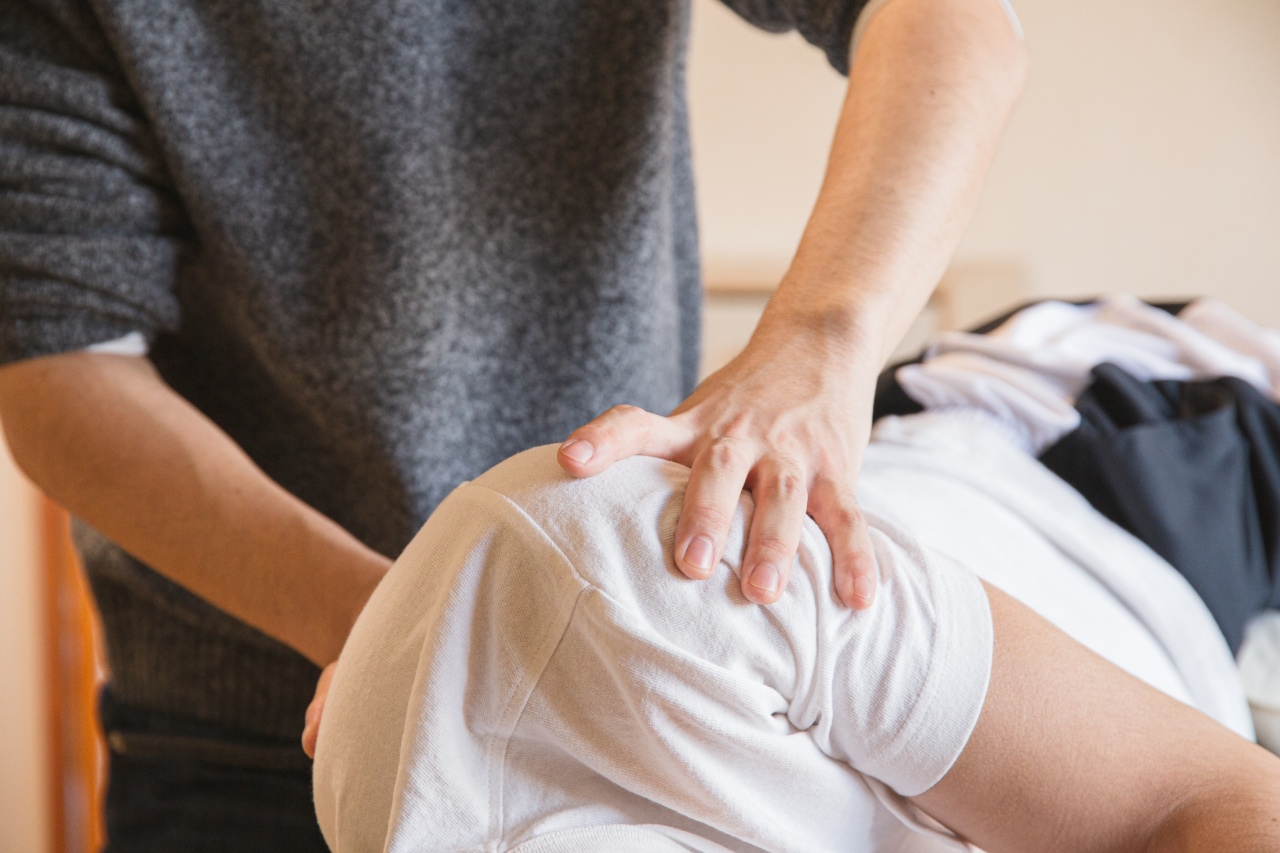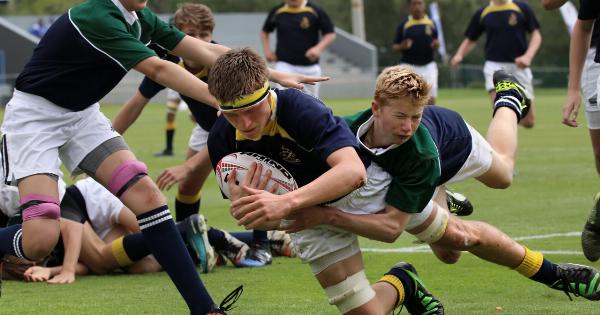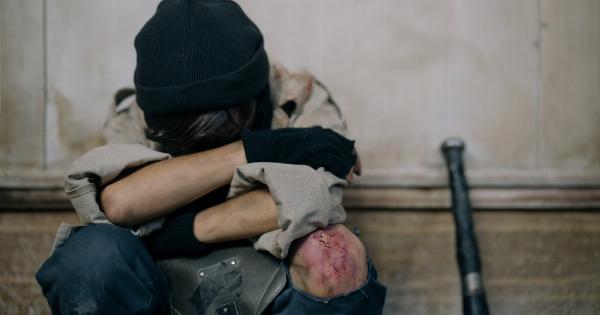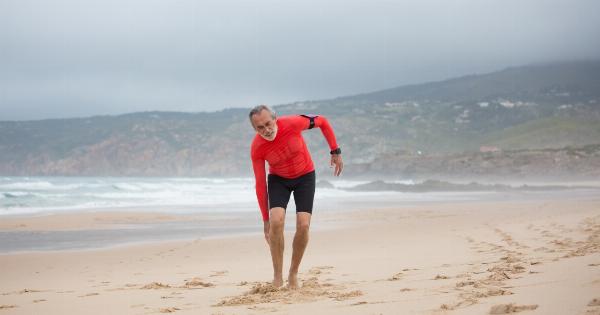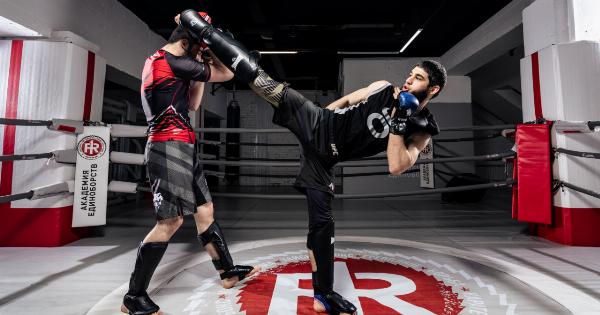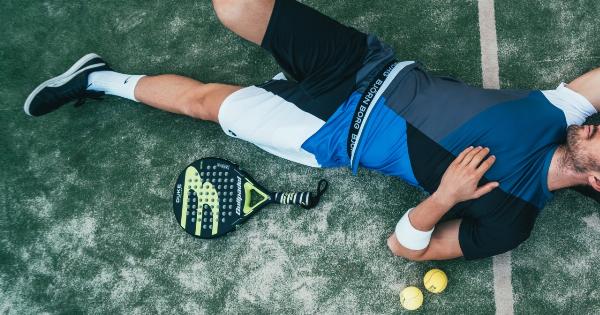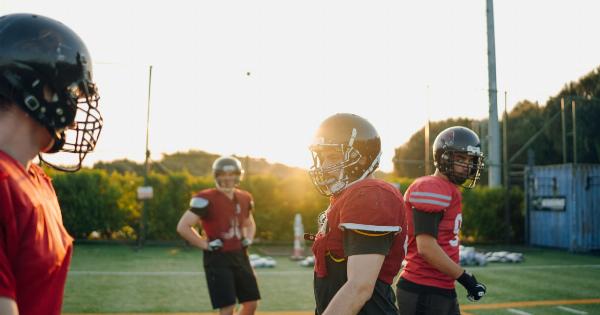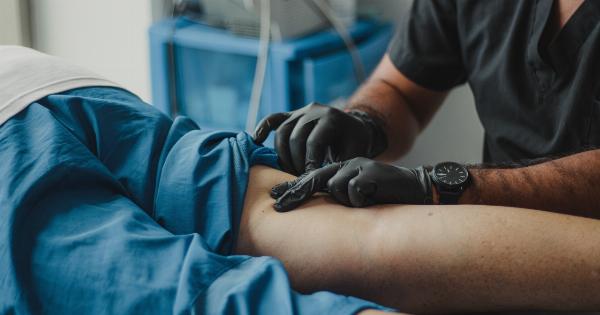Injuries are an inevitable part of participating in sports. Whether you engage in high-impact activities like football or low-impact ones like swimming, the risk of getting injured is always present.
While some injuries may be minor and heal on their own, others might require proper treatment to ensure a quick and full recovery. In this article, we will discuss various sports injuries and how to treat them effectively.
Sprained Ankle
One of the most common sports injuries is a sprained ankle. It occurs when the ligaments surrounding the ankle joint get overstretched or torn. To treat a sprained ankle:.
- RICE: The first step is to rest the ankle, apply ice packs to reduce swelling, compress the affected area with a bandage, and elevate it to minimize inflammation.
- Pain relief: Over-the-counter pain medications like ibuprofen or acetaminophen can help in managing pain and reducing discomfort.
- Support: Wearing an ankle brace or using crutches can provide support and stability while walking.
- Physical therapy: Gradually reintroduce movement and strengthen the injured ankle with exercises prescribed by a physical therapist.
Tennis Elbow
Tennis elbow, or lateral epicondylitis, is a condition caused by the overuse of the forearm muscles. It leads to pain and inflammation on the outer side of the elbow. The following steps can aid in the treatment:.
- Rest: Give your elbow sufficient rest and avoid activities that worsen the pain.
- Icing: Apply ice packs to the affected area to reduce swelling and relieve pain.
- Brace: Consider using an elbow brace or strap to provide support and alleviate strain on the tendons.
- Physical therapy: Strengthening exercises and stretches recommended by a physical therapist can help in the healing process.
- Medication: Nonsteroidal anti-inflammatory drugs (NSAIDs) can help manage pain and reduce inflammation.
Hamstring Strain
A hamstring strain refers to the tearing or excessive stretching of the muscles at the back of the thigh. To treat a hamstring strain, you can follow these steps:.
- Rest: Avoid any activities that cause pain or discomfort.
- Ice: Apply ice packs for 15-20 minutes every few hours to reduce swelling and inflammation.
- Compression: Wrap the affected area with an elastic bandage to provide support and minimize swelling.
- Elevation: Elevate your leg to reduce swelling and promote healing.
- Pain relief: Over-the-counter pain medications like acetaminophen or NSAIDs can help manage pain.
- Physiotherapy: Gentle stretching and strengthening exercises recommended by a physiotherapist can aid in recovery.
Concussion
A concussion is a mild traumatic brain injury that often occurs in high-impact sports. If you suspect a concussion, take the following steps:.
- Rest: Provide ample rest to the injured person and avoid any physical exertion.
- Avoid screens: Limit exposure to screens such as televisions, phones, and computers, as they can worsen symptoms.
- Seek medical attention: Consult a healthcare professional to assess the severity of the concussion and provide appropriate guidance.
- Follow medical advice: Strictly adhere to the doctor’s instructions, including any prescribed medications.
- Gradual return to activity: After receiving clearance from a medical professional, gradually reintroduce physical and mental activities.
Shin Splints
Shin splints are characterized by pain along the shinbone (tibia). Here’s how you can treat them:.
- RICE: Rest your legs, apply ice packs, compress the area with a bandage, and elevate your legs to reduce inflammation.
- Supportive footwear: Wear shoes that provide adequate cushioning and support to reduce stress on the shins.
- Stretching and strengthening exercises: Perform exercises recommended by a physical therapist to improve flexibility and strengthen the muscles.
- Gradual return to exercise: Slowly increase your activity level while ensuring you listen to your body and avoid pushing yourself too hard.
Dislocated Shoulder
A dislocated shoulder occurs when the upper arm bone pops out of the shoulder socket. To treat a dislocated shoulder:.
- Seek medical help: Visit a medical professional immediately to have the shoulder put back into place.
- Immobilization: Wear a sling or brace to keep the shoulder stable and prevent further injury.
- Pain relief: Over-the-counter pain medications can help in managing pain and discomfort.
- Rehabilitation exercises: Once the shoulder heals, a physical therapist can guide you through exercises to strengthen the muscles and regain range of motion.
ACL Tear
An ACL tear is a common knee injury, particularly in sports involving sudden stops and changes in direction. The treatment options for an ACL tear include:.
- Surgical intervention: In many cases, surgery is required to repair a torn ACL. Consult an orthopedic surgeon to explore this option.
- Rehabilitation: After surgery, you will need to undergo a comprehensive rehabilitation program to regain strength and stability in your knee.
- Bracing and physical therapy: Prior to surgery or if surgery is not needed, wearing a knee brace and participating in physical therapy can help stabilize the knee and strengthen supporting muscles.
Stress Fractures
Stress fractures are tiny cracks in the bone caused by repetitive stress. Follow these steps to treat stress fractures:.
- Rest: Refrain from activities that cause pain or discomfort to allow the fracture to heal.
- Immobilization: In some cases, wearing a cast, walking boot, or using crutches may be necessary to provide support and protect the affected area.
- Pain management: Over-the-counter pain relievers can help manage pain, but consult a healthcare professional for appropriate dosage.
- Gradual return to activity: After the bone has healed, slowly increase your activity level while monitoring for any signs of pain or discomfort.
Prevention is Key
While treating sports injuries is crucial, it is equally important to take preventive measures to avoid getting injured in the first place. Here are some tips to help prevent sports injuries:.
